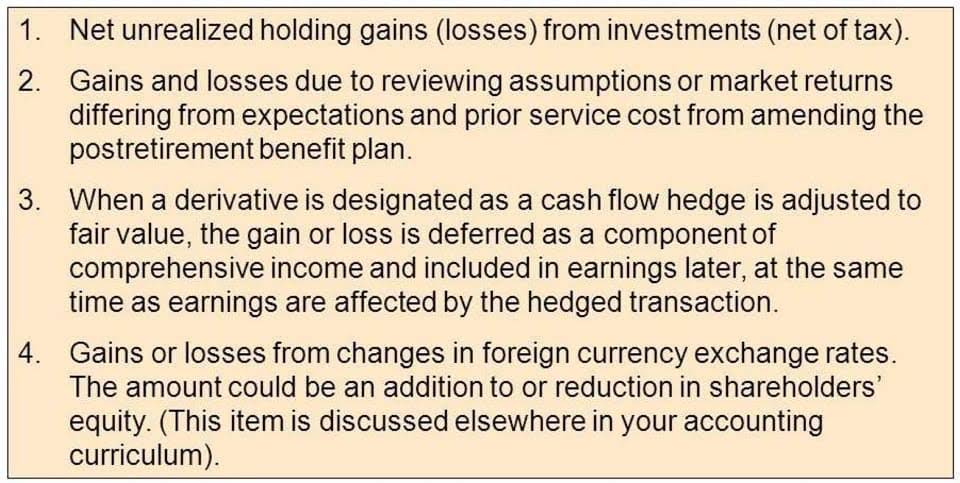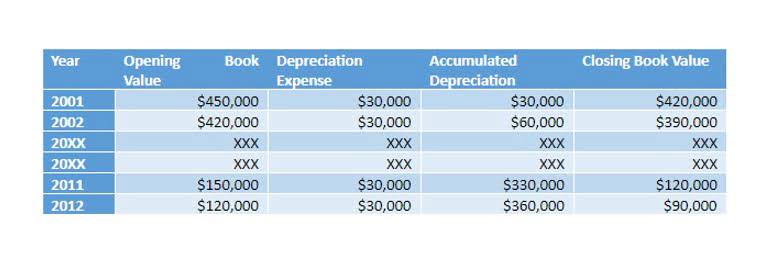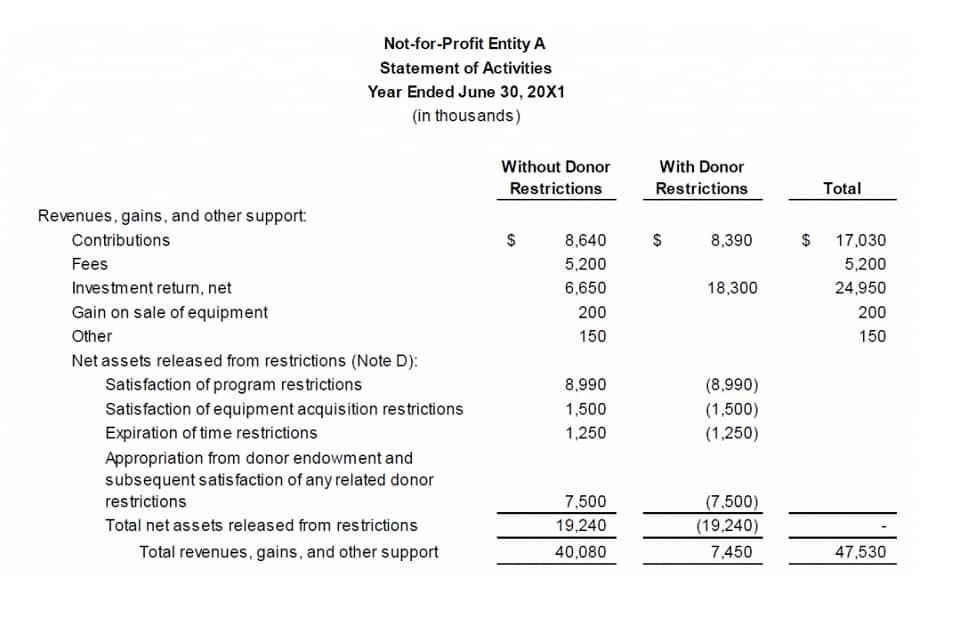04 Dic Mark-to-Market Accounting vs Historical Cost Accounting: What’s the Difference?

This can be particularly beneficial for investors and analysts who rely on these statements to assess the company’s health and make investment decisions. In conclusion, understanding which assets are marked to market and those following historical cost accounting is essential for financial professionals and investors alike. Marked-to-market assets, such as derivatives and securities, require regular updating based on current market conditions to provide a true representation of their fair value.
Worst States for Estate Taxes & Inheritance Planning
By using the MTM method, Berkshire Hathaway provides a transparent report to their investors, reflecting that their stock portfolio significantly declined in value during the year. As illustrated by the previous years in the chart, the principle also works in reverse, with increases in the portfolio’s value resulting in reported profitability. Looking at their Consolidated Statement of Earnings, we see a line item labeled “Investment and derivative contract gains (losses)”. It reveals that the company suffered almost $68 billion in losses from its investments and derivative contracts in 2022.
How Does Mark to Market Affect the Financial Statements?
This approach contrasts with historical cost accounting, where assets and liabilities are recorded based on their original purchase price. By focusing on current market conditions, mark to market accounting aims to provide a more dynamic and realistic snapshot of an entity’s financial position. Mark-to-market accounting involves valuing assets and liabilities based on their current market prices. This method provides a real-time snapshot of the value of financial instruments, reflecting changes in market conditions. For example, if a company holds gross vs net a portfolio of stocks, mark-to-market accounting would require the company to adjust the value of those stocks based on their current market prices.
- If the market value of the assets increases, the company’s total assets will increase and vice versa.
- The mark-to-market approach involves valuing a swap contract based on the current market prices of similar instruments.
- This method is often used in trading and reporting because it shows what an asset is actually worth right now, not what it cost earlier.
- The «held to maturity» category will include only those instruments that the bank has the «positive intent and financial ability» to hold to maturity; these assets will continue to be reported at historical cost.
A. Investment

MtM, a method reflecting the current market value of assets and liabilities, contrasts sharply with HCA, which records transactions based on their original cost. This divergence in approaches has significant implications for financial transparency, risk management, and decision-making processes within organizations. The mark-to-market method of accounting records the current or market price of an asset or a liability on financial statements.

While MTM offers greater accuracy, it also introduces volatility into financial statements, especially during periods of market instability. Mark-to-market valuation is an accounting method that values assets at their current market prices rather than historical costs. This approach is commonly used across various asset classes and financial instruments to provide up-to-date assessments of value.


This entity creates the accounting and reporting guidelines for businesses and nonprofits in the US. Under the FASB mark-to-market accounting rules “SFAS 157 Fair Value Measurements,” you can find the GAAP requirement to mark to market accounting, the definition of fair value, and how to correctly measure it. In other words, MTM losses of a company reduce its net profit, thereby lowering its tax liability. Its fair value could be estimated using the income approach, projecting future cash flows from licensing the patent. However, if the technology becomes obsolete due to a market innovation, the patent’s value could plummet, demonstrating the sensitivity of fair value to external Outsource Invoicing market factors. For example, consider a real estate investment trust (REIT) that holds commercial properties.
- The Financial Accounting Standards Board (FASB) in the United States has also made strides in refining fair value measurement practices.
- After written materials are recorded, the values stay unchangeable unless there are some related events like physical damage or abandonment.
- Let’s examine its usage in various contexts, such as financial services and personal finance.
- During a period of high market volatility, the perceived risk of tenants defaulting on their leases might increase, leading to a decrease in the valuation of these properties.
What is Day Trading? How Does it Differ From Investing?
It is necessary to understand them so that they can be appropriately used where they are suitable for. In this year’s balance sheet, the Investments will be shown at the new amount of $ 11,000 ($ 8,000 + $ 3,000), and the net gain of $ 1,000 will be recorded in other comprehensive income, and at the same time loss will be $ 0. For companies in the sales of goods business, it is common practice to offer discounts to costumers. In addition to recording a debit to its accounts receivables, the company would also need to record credit to its sales revenue account.
Mutual Funds
It must be based on an estimate of the number of customers likely to accept a discount. If a lender makes a loan, it ought to account for the possibility that the borrower will default. Therefore, a contra asset marked as an allowance for bad debt can ensure the balance sheet is marked to market. This can create problems in the following period when the «mark-to-market» (accrual) is reversed.

As the financial landscape evolves, so too must the accounting practices that govern it, always with an eye towards providing stakeholders with the most accurate and useful information possible. In investments, mark-to-market accounting involves adjusting the value of securities to their current market price at each reporting period. This provides a more accurate picture of an investment’s value but can introduce volatility. It helps ensure that the value of assets and liabilities reflects current market conditions, providing a clear and accurate picture of financial health. Instead of listing assets at the price they were bought, mark to market value Mark to Market accounting updates their value to reflect what they would sell for today. This approach gives a more accurate picture of a company’s or an investor’s financial position because it shows the real value of assets as market conditions change.
One of the main challenges with this method is the potential for increased volatility in financial statements. Since the value of assets and liabilities is adjusted based on current market prices, fluctuations in market conditions can lead to significant changes in reported financial figures. This volatility can make it difficult for investors and analysts to assess a company’s long-term performance and stability. In the world of finance, swap rates play a crucial role in determining the cost of borrowing for businesses and individuals. These rates are influenced by various factors, one of which is mark-to-market accounting. Mark-to-market is a method used to value assets or liabilities based on their current market prices.



Lo sentimos, el formulario de comentarios está cerrado en este momento.